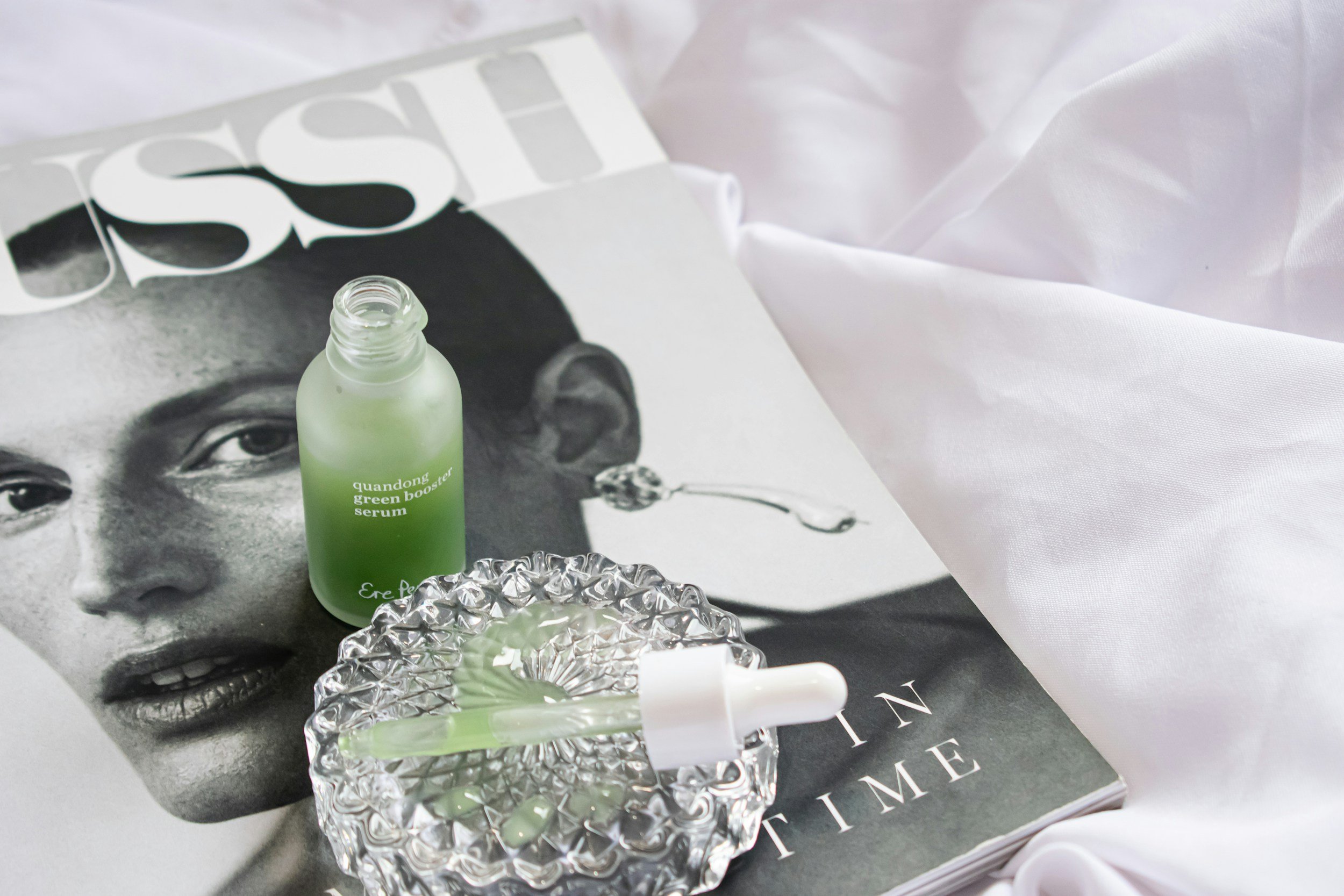What is Slugging? The Viral Skincare Trend Explained
If you've scrolled through skinTok or Insta lately, you've probably heard of "slugging," the K-beauty inspired skincare technique that promises dewy, hydrated skin overnight. But what exactly is slugging, and should you try it? To help you decide, we’ll go into:
Let’s get to it 🐌
What is Slugging in Skincare?
Slugging is a skincare technique that involves applying a thick layer of an occlusive product—typically petroleum jelly or a similar balm—as the final step in your nighttime skincare routine. This helps to create a barrier on the skin that traps in moisture and prevents it from evaporating. As you’ve probably guessed, the name comes from the glossy, dewy appearance your skin takes on after application of the occlusive.
The concept isn't new. Skincare enthusiasts have used this method for a looong time and dermatologists have long recommended occlusives for dry, compromised skin. However, social media has recently catapulted slugging into mainstream popularity.
How Does Slugging Work?
The science behind slugging is straightforward. Occlusive ingredients create a physical barrier on your skin's surface, preventing transepidermal water loss (TEWL). When you seal in moisture overnight, your skin can better retain hydration and repair itself more effectively.
Think of it as wrapping your face in a protective layer that locks in all the beneficial ingredients from your serums and moisturizers. This makes slugging particularly effective during harsh weather conditions (read: perfect for this Fall and Winter seasons!) or for those with chronically dry skin.
Benefits of Slugging
Enhanced hydration: By preventing moisture loss, slugging helps your skin stay plump and hydrated
Improved skin barrier: Consistent use of slugging can help repair and strengthen a compromised skin barrier
Smoother texture: Slugging can help elicit softer, smoother skin because of the consistent hydrated and moisturized environment.
Better product absorption: Sealing in active ingredients may enhance their effectiveness as there is less chance for evaporation or rubbing off.
Is Slugging Right for You?
While slugging works wonders for dry, dehydrated, or mature skin types, it's not always the right path for everryone. For example, those with acne-prone or oily skin should approach with caution, as heavy occlusives can potentially clog pores and trigger breakouts.
Also, if you're using retinoids, salicylic acid, or glycolic acid, it may not be good to slug over them. Slugging seals in whatever products are underneath, which can increase their potency and cause irritation or damage to the skin barrier.
If you're interested in trying slugging, considering first starting once or twice weekly and monitoring your skin's response before proceeding more regularly.
The bottom line?…. Slugging is a simple, affordable technique that can dramatically improve skin hydration and barrier function. Whether you're battling winter dryness or seeking that coveted "glass skin" glow, this viral trend might be worth incorporating into your routine. 💜


